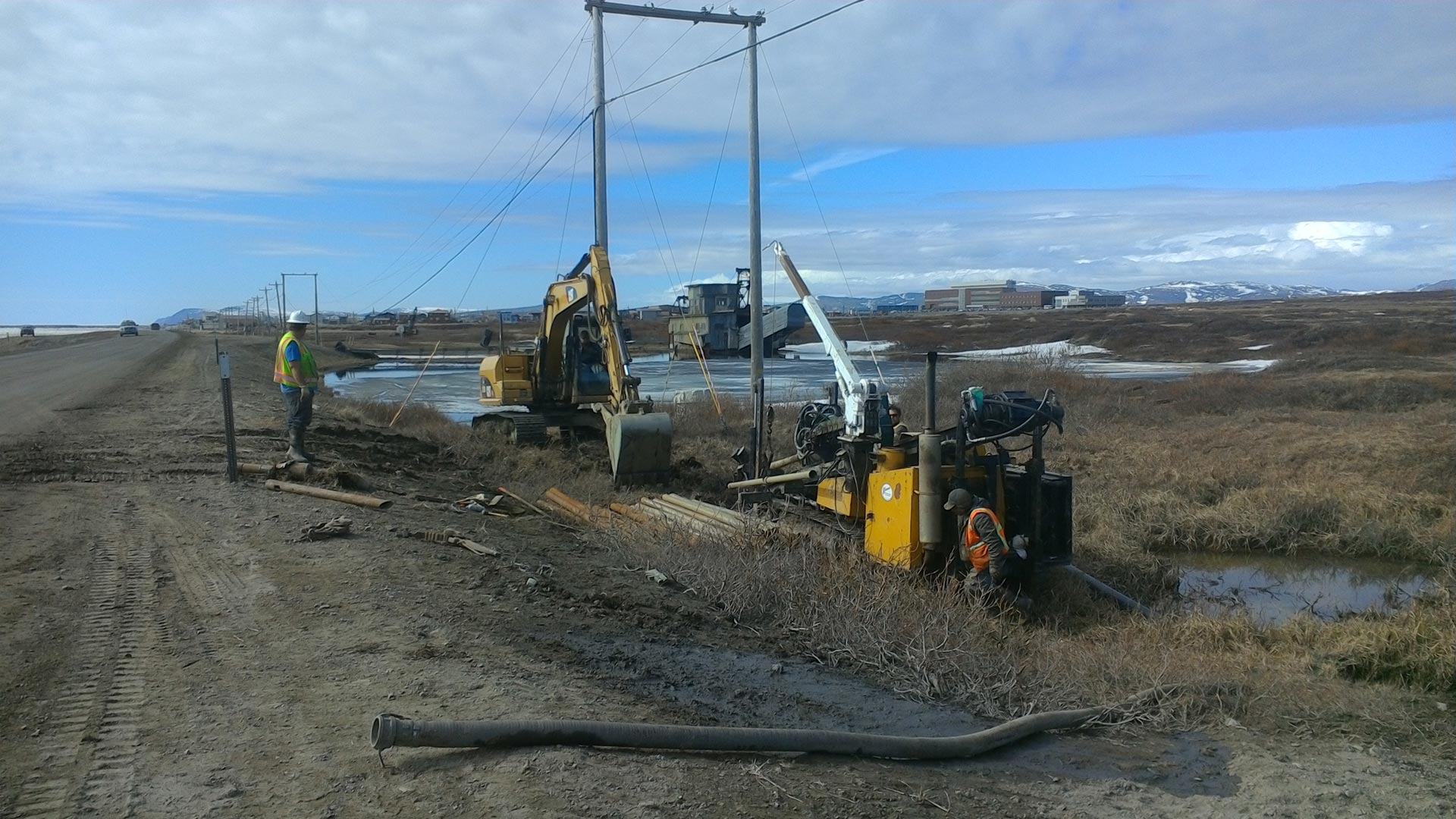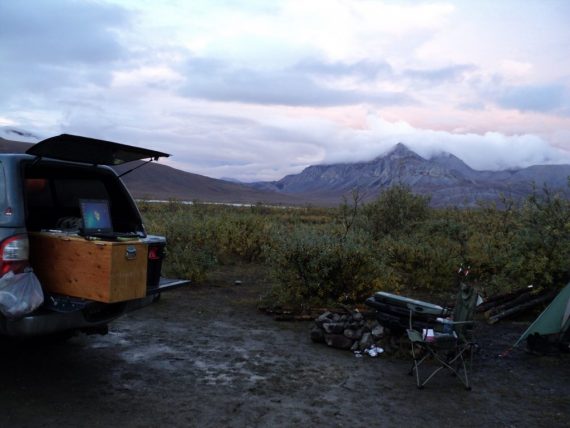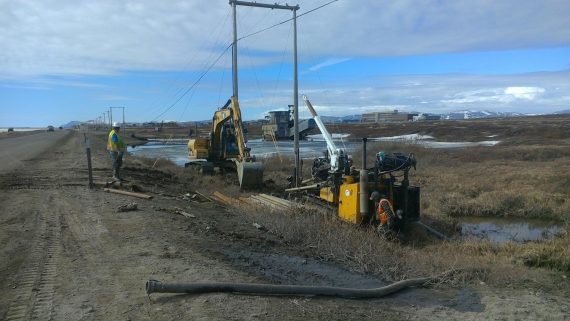Blog
How Leading Alaskan Anthropological firm Delivers Field Testing Results for Global Subsea Cable Project


In a land known for massive herds of caribou, stunning displays of Aurora Borealis, and vast areas of wilderness, planning field research and managing data collected in these varied conditions in Alaska can be challenging.
Agile Framework’s customer, Stephen R. Braund & Associates (SRB&A) is a leading firm in sociocultural,  subsistence, and cultural resources research and analysis. Established in January 1978, SRB&A has completed over 190 studies in Alaska, the Pacific Northwest, Canada, and Japan, conducting extensive field research in rural and remote Alaska, including small Alaska Native communities, and serves a variety of market sectors in Alaska, including natural resources development (e.g., oil and gas industry, mining, fisheries), state and federal contracting, transportation, telecommunication and public utilities, and community cultural preservation efforts. SRB&A has conducted many different rural subsistence studies, traditional knowledge studies, quantitative survey research, cultural resources surveys and assessments, Alaska Eskimo Whaling Commission bowhead whale quotas, and evaluations of subsistence and cultural resources impacts associated with petroleum exploration, mining, and other types of development on federal, state, and private land. SRB&A’s proven ability to carry complex projects to completion led to SRB&A being selected to provide cultural resources support for one of the most ambitious Arctic communications projects in decades:
subsistence, and cultural resources research and analysis. Established in January 1978, SRB&A has completed over 190 studies in Alaska, the Pacific Northwest, Canada, and Japan, conducting extensive field research in rural and remote Alaska, including small Alaska Native communities, and serves a variety of market sectors in Alaska, including natural resources development (e.g., oil and gas industry, mining, fisheries), state and federal contracting, transportation, telecommunication and public utilities, and community cultural preservation efforts. SRB&A has conducted many different rural subsistence studies, traditional knowledge studies, quantitative survey research, cultural resources surveys and assessments, Alaska Eskimo Whaling Commission bowhead whale quotas, and evaluations of subsistence and cultural resources impacts associated with petroleum exploration, mining, and other types of development on federal, state, and private land. SRB&A’s proven ability to carry complex projects to completion led to SRB&A being selected to provide cultural resources support for one of the most ambitious Arctic communications projects in decades:
The Quintillion Subsea Networks, LLC Subsea Project
The Quintillion Subsea Project linking Europe with Asia vis a subsea fiber optic line will run from London, through the Lower Northwest Passage of the Canadian Arctic, across arctic Alaska, through the Bering Strait and across the Pacific Ocean to Tokyo. Phase I of this project is centered on Alaska, laying a trunk line from an existing terrestrial fiber optic network at Oliktok Point, near Prudhoe Bay, to Nome, with spur lines connecting to the rural Alaska Native communities of Utqiaġvik, Wainwright, Point Hope, and Kotzebue.
SRB&A was brought on the project in late summer of 2015 to facilitate cultural resource permits and authorizations that would allow for fall 2015 construction of Phase I of this multi-million-dollar project. SRB&A’s knowledge of Alaska’s cultural environment, unique logistical and environmental challenges, and state and federal regulatory mechanisms allowed SRB&A to develop innovative solutions that kept the project on schedule, achieved regulator and stakeholder approvals, and ensured the project would be conducted in compliance with cultural resource laws and regulations.
Over the course of the 2015 and 2016 field seasons, SRB&A staff monitored concurrent ground disturbing construction activities in five communities for archaeological and historic materials, working closely with tribal and local governments, village and regional Alaska Native Corporations, state and federal regulators, and a diverse set of project and construction teams. SRB&A’s 2016 efforts alone involved over 175 person-days of archaeological construction monitoring during Alaska’s short construction season. Instrumental in SRB&A’s effort was the use of Agile Frameworks MetaField® Solution to manage, monitor, and track multiple project activities taking place concurrently across multiple communities along Alaska’s arctic coast. MetaField’s® user-friendly and customizable interface allowed SRB&A managers in Anchorage to quickly train field technicians on the process of using the solution prior to deployment to the field, which in some cases was required with less than 24 hours’ notice. SRB&A’s field technicians used our construction materials testing software to document daily construction progress, soil and sediment conditions, and inadvertent discoveries of archaeological material, including one instance of indigenous human remains. Data entered by SRB&A’s field technicians were reviewed nightly by SRB&A’s management team, who then provided any necessary information to the client and agencies in near real-time.
The 2016 field season is complete, and SRB&A is working to satisfy the necessary reporting requirements stipulated by the various permitting agencies, which will include appendices of SRB&A’s daily monitoring reports. These reports are being produced using MetaField’s® integrated Report Designer, allowing SRB&A to customize the output of data entered by field technicians. As the project moves into Phase II, SRB&A is eager to continue providing cultural resources management services, supported by MetaField® and the Agile Frameworks team.
For more information about SRB&A, please visit: www.srbak.com